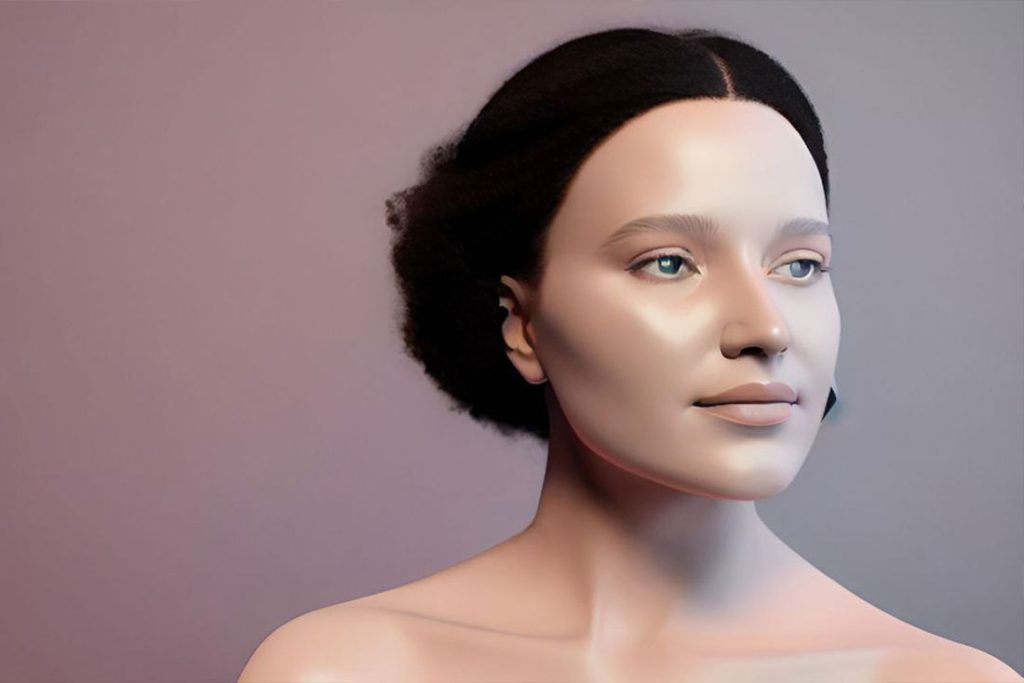The Science of Hair Growth Patterns in Medical Cosmetology: A Comprehensive Guide
Hair growth patterns are not just an aesthetic concern; they are a crucial variable in the nuanced art and science of hairstyling. For medical cosmetologists, understanding these patterns can greatly enhance the effectiveness of treatments, facilitate more precise cuts and styles, and contribute to the overall well-being and satisfaction of clients. This article aims to delve into the complexities of hair growth patterns, their identification, and implications for medical cosmetology.

The Anatomy of Hair Growth Patterns
In essence, hair growth patterns depend on the orientation and angle of hair follicles within the scalp. Typically, hair follicles may grow out of the scalp at a perpendicular 90-degree angle or in a straight direction, leading to the following major growth patterns:
1. Hair Stream
- Characteristics: In a hair stream, hair flows in the same direction, generally due to the orientation of follicles sloping similarly.
- Natural Part: A natural part arises where two hair streams flow in opposite directions.
2. Whorl

- Characteristics: In this pattern, hair grows out of the follicles at an angle, resulting in a circular pattern of growth.
- Multiplicity: Sometimes, more than one whorl may be present on the scalp.
3. Cowlick
- Characteristics: A cowlick occurs when hair grows either straight up or at an angle differing from the surrounding hair.
- Location: Cowlicks are commonly found at the crown but can be located anywhere on the head.
How to Identify Hair Growth Patterns
The process of identifying hair growth patterns starts with a thorough hair analysis. Here are steps for identification:
- Examine the Hair: Take note of the natural lay of the hair, and identify any peculiarities such as strands sticking up or hair flowing in disparate directions.
- Feel the Scalp: The angle and direction of hair follicles can sometimes be felt through the scalp.
- Consult the Client: Previous experiences with hairstyles can offer clues to underlying hair growth patterns.
Implications in Medical Cosmetology
Haircut and Styling
Understanding growth patterns aids in determining how a particular haircut or style will settle. For example, a cowlick may make certain styles difficult to maintain.
Treatment Protocols
When treating conditions like alopecia or planning hair transplants, knowing the growth patterns is invaluable for achieving natural-looking results.
Personalized Care
Clients with unique hair growth patterns may require specialized care routines, including product recommendations that work in harmony with their natural growth.
Pre-emptive Solutions
Identifying a whorl or cowlick early on allows for the development of styling solutions that can mask or integrate these features attractively.
Conclusions and Recommendations
Hair growth patterns are a multifaceted subject that goes beyond mere aesthetics. A deep understanding of these patterns can significantly affect the quality of care and results in the field of medical cosmetology. It informs haircutting techniques, impacts the effectiveness of treatments, and can even provide early indications of scalp and hair health issues. As such, a thorough examination and understanding of hair growth patterns should be a standard component of training in medical cosmetology. Armed with this knowledge, professionals can offer not just beauty, but also well-being and satisfaction to their clients.






